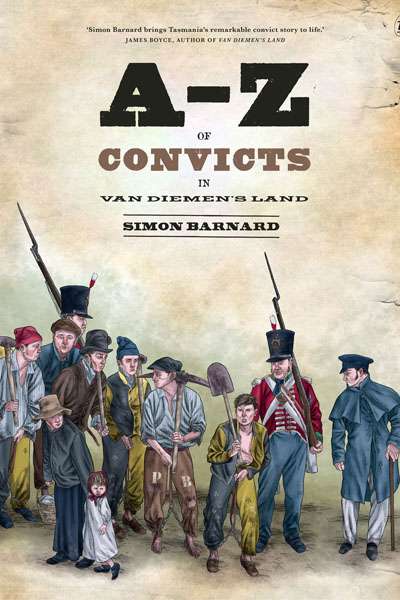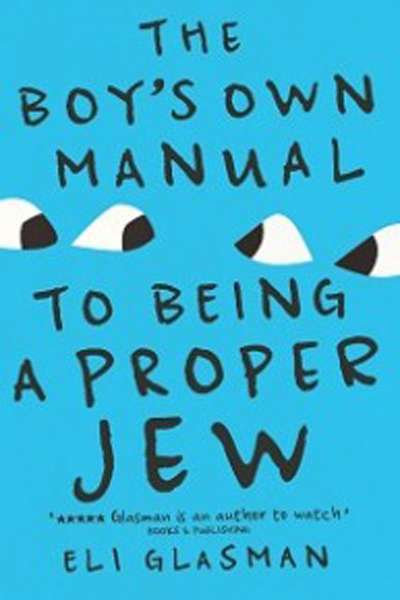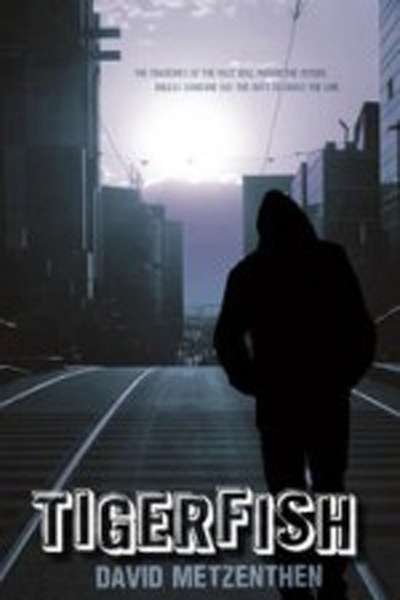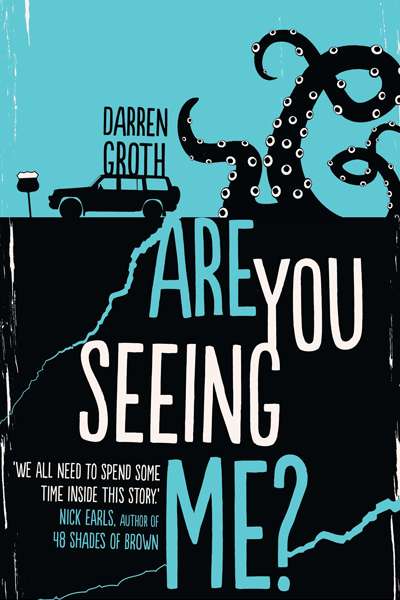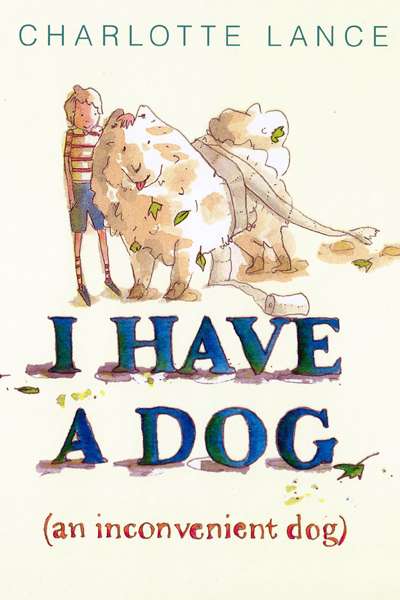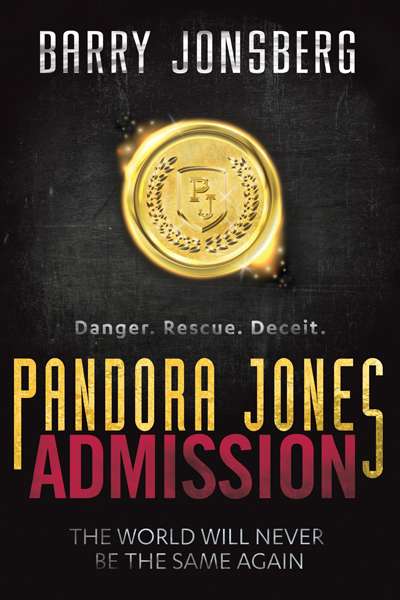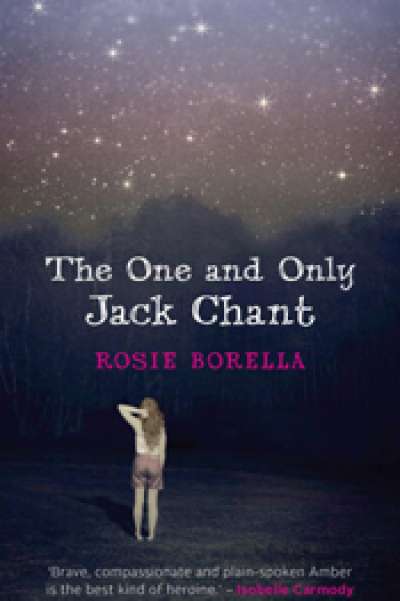Children's and Young Adult Books
The Boy’s Own Manual to Being a Proper Jew by Eli Glasman
Are You Seeing Me? by Darren Groth & The Minnow by Diana Sweeney
Anybody who knows a little about the role played by Australian horses in World War I will know that the story did not end well for the horses: 136,000 left these shores, and one returned. Readers of Morris Gleitzman’s Loyal Creatures (Viking, $19.99 pb, 160 pp) who are unaware of this statistic might be in for a shock.
At the outbreak of war, Frank Ballantyne, not quite sixteen, is working with his father, sinking bores and locating water for farmers in the outback. It is a skill that will serve Frank and the army well in the deserts of Egypt and Palestine, which, after lying about his age, he finally reaches – with his horse Daisy, and his father, who has also enlisted – in 1915.
... (read more)I Have a Dog by Charlotte Lance & Imagine a City by Elise Hurst
Pandora Jones by Barry Jonsberg & Crooked leg road by Jennifer Walsh
The One and Only Jack Chant by Rosie Borella & The Haunting of Lily Frost by Nova Weetman
A good picture book melds a well-crafted text with illustrations that interpret and extend the narrative. The illustrator’s choice of artistic style is central to how effectively this combined narrative is communicated to readers.
... (read more)On the back of John Marsden’s new novel there is this warning: ‘This book is not a fantasy. It contains no superheroes, wizards, dragons, time-travel, aliens or magic.’ If it had also said, ‘and it is not part of a series’, I would have cheered even louder. At least I hope The Year My Life Broke (Pan Macmillan, $12.99 pb, 171 pp, 9781742613352) is a stand-alone and won’t rapidly be followed by The Year My Something-Else Broke. In junior fiction, the possibilities for sequels are endless.
... (read more)
